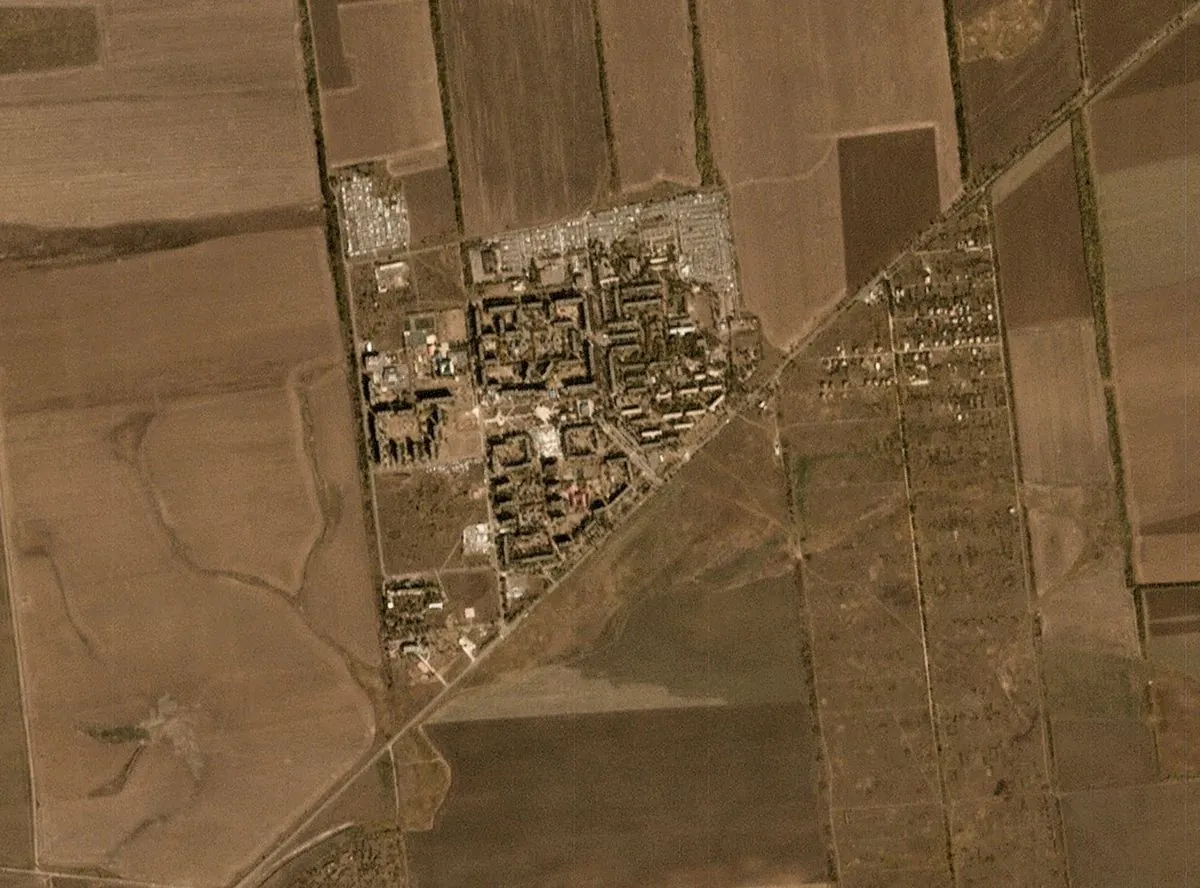Ukrainian Forces Retreat from Strategic Town of Vuhledar in Eastern Ukraine
Ukrainian military withdraws from Vuhledar after prolonged battle, ceding strategic high ground to Russian forces. The loss threatens Ukrainian supply lines and brings Russians closer to key logistics hub.

Ukrainian military officials have announced the withdrawal of their forces from Vuhledar, a strategically significant town in eastern Ukraine. This decision comes after more than two and a half years of intense combat in the area, marking a notable shift in the ongoing conflict.
Vuhledar, meaning "coal gift" in Ukrainian, is situated in the Donetsk Oblast, approximately 50 km southwest of Donetsk city. Founded in 1964 as a mining settlement, the town had a pre-war population of about 14,000 and sits atop a hill roughly 200 meters above sea level. Its elevated position and proximity to crucial transport routes have made it a key defensive position for Ukrainian forces since the conflict began.
The Khortytsia ground forces formation, responsible for commanding eastern regions including Donetsk, stated via Telegram that the withdrawal was necessary to "protect the military personnel and equipment." They explained that Russian forces had directed reserves to conduct flanking attacks, which exhausted the Ukrainian defense and created a risk of encirclement.

The loss of Vuhledar represents a significant setback for Ukrainian forces. The town's capture provides Russian forces with several tactical advantages:
- Dominant heights for improved observation and artillery placement
- Proximity to railway lines, enhancing their logistics capabilities
- Better positioning for attacks against Ukrainian forces and supply lines to the south
This development is part of a larger Russian advance in the region. During the summer of 2024, Ukrainian forces ceded several thousand square kilometers of territory along the eastern front. The fall of Vuhledar brings Russian forces closer to Pokrovsk, a key Ukrainian logistics hub.
Vuhledar's strategic importance extends beyond its immediate surroundings. Located near the administrative border between Donetsk and Zaporizhzhia Oblasts, the town has been a focal point in the conflict since 2014. Its capture represents a significant shift in the frontline in eastern Ukraine and potentially threatens Ukrainian supply lines to the south.
The prolonged battle for Vuhledar has taken a severe toll on the town and its infrastructure. Once part of Ukraine's vital coal mining industry, the area has suffered significant damage due to the extended period of fighting. The impact on the local population and economy has been substantial, reflecting the broader devastation caused by the conflict in the Donbas region.
As the situation continues to evolve, the loss of Vuhledar underscores the ongoing challenges faced by Ukrainian forces in maintaining their positions in the Donetsk region. The town's fall may necessitate a reassessment of defensive strategies and resource allocation along the eastern front.
"In an attempt to take control of the city at any cost, reserves were directed to carry out flanking attacks, which exhausted the defense of the units of the Armed Forces of Ukraine. As a result of the enemy's actions, there arose a threat of encircling the city."
The withdrawal from Vuhledar serves as a reminder of the fluid nature of the conflict and the significant human and material costs associated with prolonged urban warfare. As both sides continue to vie for control of strategic positions, the impact on civilian infrastructure and lives remains a pressing concern for the international community.


































